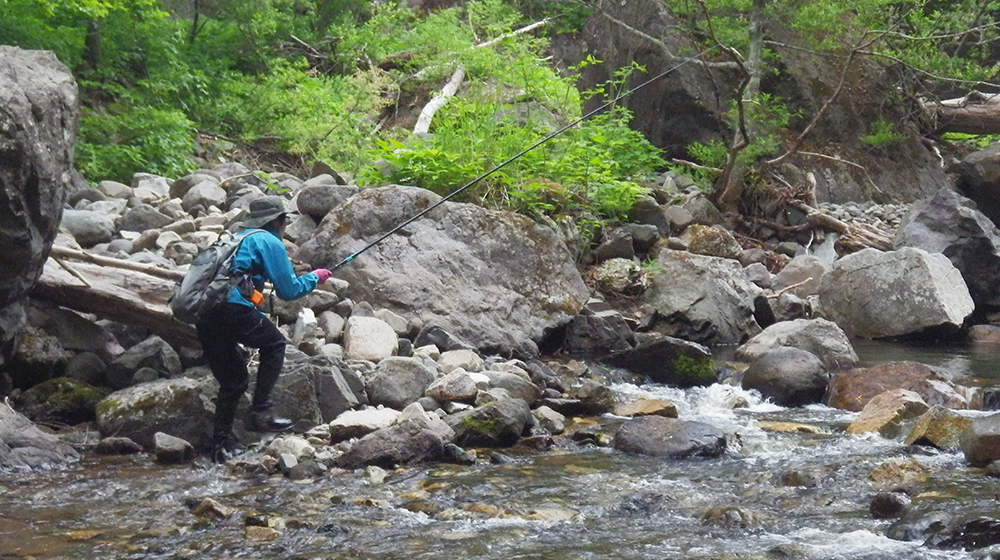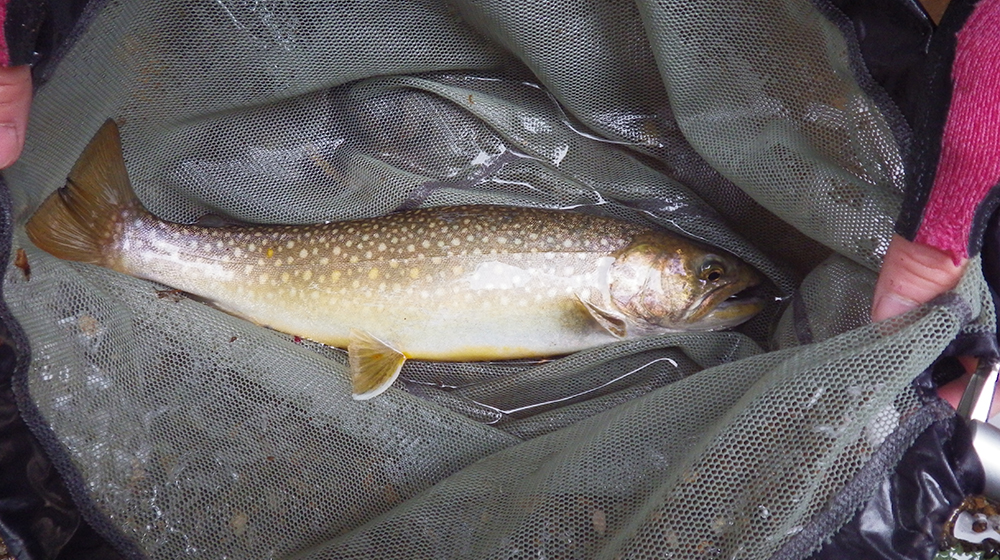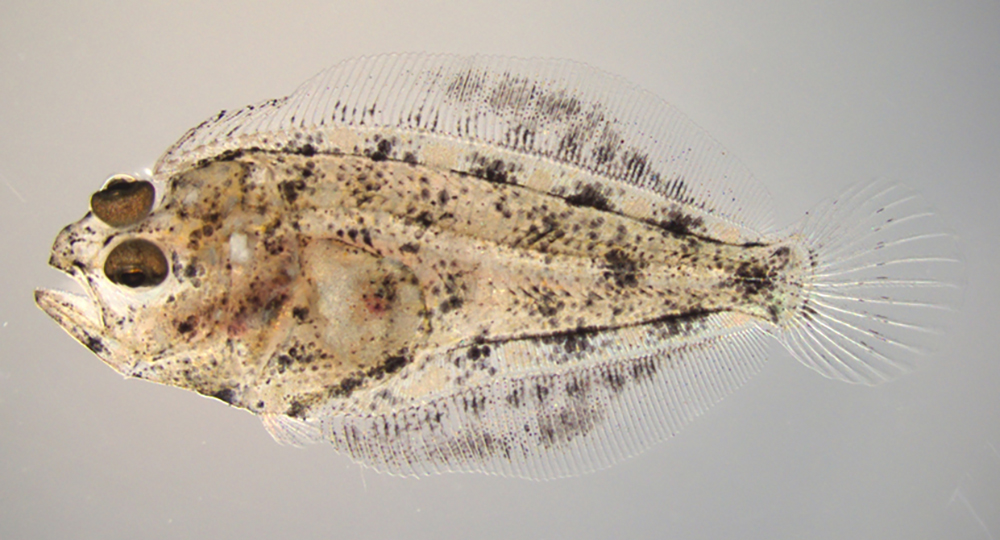Marine Biosciences Course
Fish Genetics
Introduction
A target of our laboratory is establishment of procedures of sustainable use of a genetic resource of aquatic organisms. The genetic resources are different from mineral resources, and if it can be handled appropriately, it can be used semi-permanently. To achieve these goals, our laboratory is studying fish genetics and breeding, preservation of a genetic resource, explication of a molecular mechanism of early development, the application of the genetic modification technology and development of efficient sequence comparison method
The concrete themes are as follows. 1) Consideration of inbreeding depression and its avoidance method, 2) The current state and preservation of genetic resources of Japanese charr, 3) Genetic influence of long and low-dose radiation exposure in freshwater fish, 4) Selective breeding of territory formation in Ayu, 5) Design of data structures for analyzing local similarities of strings, 6) Relationship between similarity analyses of numeric strings and character strings, 7) Molecular mechanisms underlying asymmetric morphogenesis of metamorphosing flounder, 8) Development of experimental techniques to analyze gene functions in non-conventional experimental model including flounder.
 Sample collection of Japanese Charr in Abukuma River, Fukushima Prefecture. We collected Japanese Charr in upstream region of Abukuma River where is expected no effect of release of artificial seeds, and compared genetic characteristics among several samples from different rivers.
Sample collection of Japanese Charr in Abukuma River, Fukushima Prefecture. We collected Japanese Charr in upstream region of Abukuma River where is expected no effect of release of artificial seeds, and compared genetic characteristics among several samples from different rivers. Collected Japanese Charr in Abukuma River. It is distinguished as Ezo-iwana from results of analysis of genetic characteristics.
Collected Japanese Charr in Abukuma River. It is distinguished as Ezo-iwana from results of analysis of genetic characteristics. Flounder metamorphosis and left-right asymmetric body plan.
Flounder metamorphosis and left-right asymmetric body plan.Keywords
Selective breeding, Genetic resources, Genetic conservation, Breeding value, String algorithms, Complexity analysis, Flatfish, Metamorphosis, Experimental model fish, Genome editing



